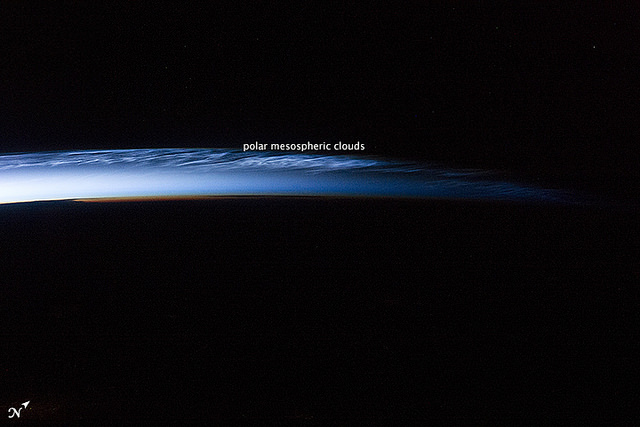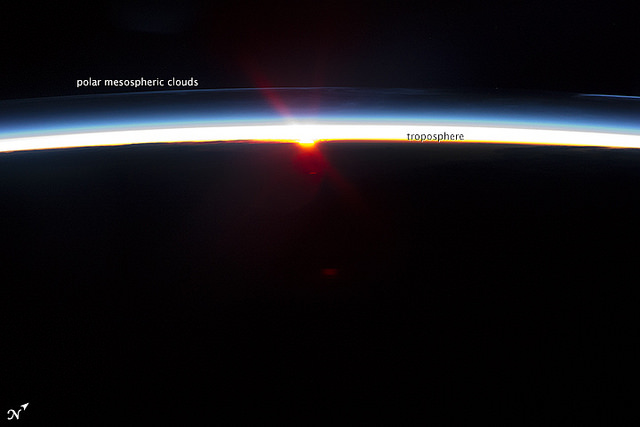OF THE
TIMES
For decades, after WW2 suspicious activity over Canadian air space has been a controversial area, with lots of tin foil hat speculation regarding...
Tragic and very sad. I hope someone can find out what caused it - was it underwater sonar, or other noises that distrurb the whales or something...
'First city in Canada to require a QR code to exit the city' Islanders big and small are an easy target. by DOREEN APR 25, 2024 [Link]
It's like buying a $1,000 car isn't it? Just keep pouring money in and it's still a $1,000 car. Good song BTW, by the Bottle Rockets.
'Revolt in the Universities' University students across the country, facing mass arrests, suspensions, evictions and explusions are our last, best...
To submit an article for publication, see our Submission Guidelines
Reader comments do not necessarily reflect the views of the volunteers, editors, and directors of SOTT.net or the Quantum Future Group.
Some icons on this site were created by: Afterglow, Aha-Soft, AntialiasFactory, artdesigner.lv, Artura, DailyOverview, Everaldo, GraphicsFuel, IconFactory, Iconka, IconShock, Icons-Land, i-love-icons, KDE-look.org, Klukeart, mugenb16, Map Icons Collection, PetshopBoxStudio, VisualPharm, wbeiruti, WebIconset
Powered by PikaJS 🐁 and In·Site
Original content © 2002-2024 by Sott.net/Signs of the Times. See: FAIR USE NOTICE


Comment:
Noctilucent cloud intensity is a precursor to changes in global weather patterns. And it should be no surprise that the climate is not at all what it used to be, say 10 years ago. In fact Noctilucent clouds have increasingly become a more ordinary sight at lower latitudes, with the increased fireball and meteor activity in our skies (loading the skies with dust), along with the severe cooling of our upper atmosphere from low solar activity.
Noctilucent outburst over Europe
More cometary dust in the atmosphere: Noctilucent clouds appear above Gateshead in the UK late at night
To get ahead on what our solar system is up to with its ominous weather, read:
Earth Changes and the Human-Cosmic Connection (The Secret History of the World Book 3)